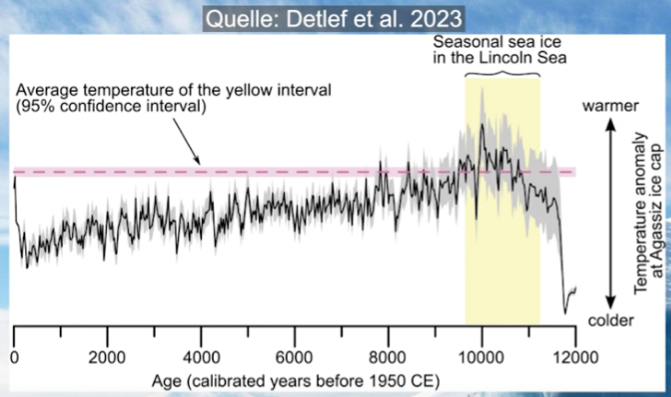New Study: Decline In Heat-Related Deaths In Spain – Despite Rising Summer Temps
http://www.thegwpf.com/new-study-decline-in-heat-related-death-in-spain-despite-rising-summer-temps/
Contrary to expectations, global warming has not given rise to an increase in heat-related mortality in Spain Summer temperatures in Spain have risen by more than 1ºC since 1980 due to climate change. Despite this increase, and contrary to expectations, deaths related to heat have declined rather than increased. This trend suggests that the Spanish population has been adapting to the change, reducing its vulnerability to summer temperatures. These were the conclusions of a study coordinated by the Barcelona Institute for Global Health, an institution supported by the “La Caixa” Banking Foundation. Temporal evolution of mortality RR at the 99th temperature percentile from the model with interaction (time-varying DLNM). The study, published in PLoS Medicine, analysed data on daily temperatures and deaths in 47 provincial capitals in Spain for every summer from 1980 to 2015. The results of their analysis reveal two opposing trends: on the one hand, a progressive increase in the mean summer temperature of 0.33ºC per decade; and, on the other, a gradual decrease in heat-related mortality risk over the same period. The result of these two opposing trends has been a slight decrease in heat-related mortality of around half a percentage point per decade. “It is usually assumed that climate change will be accompanied by an increase in heat-related mortality, especially in places where the mean age of the population is increasing,” explains Hicham Achebak, lead author of the study and researcher at ISGlobal and the Center for Demographic Studies (CED) at the Autonomous University of Barcelona (UAB). “In our study, however, we observed that this does not necessarily happen if–as in the case of Spain–the temperature increase is offset by a sustained and generalised decline in vulnerability to moderate and extreme temperatures.” According to ISGlobal researcher Joan Ballester, senior author of the study, “We are becoming less vulnerable to heat thanks to society’s adaptation to higher temperatures and also to the socioeconomic development we have seen in recent decades. Improvements in housing stock, the popularisation of air conditioning, advances in health services, and awareness campaigns are all factors that may have contributed to the trend we are seeing. However, we still don’t know whether this downward trend will continue if climate change becomes more intense in the future.” Deaths from respiratory causes are the one important exception to the general downward trend observed in both heat-related mortality and vulnerability to high temperatures; these have risen continuously since 1980, particularly among women. “This trend could be due to the aging of the population and an increase in the incidence of certain chronic diseases, among other things,” explains Hicham Achebak. Analysis of the data by sex also revealed the existence of a gender gap: there are more heat-related deaths among women than among men. This difference was also observed in the data on vulnerability to moderate and extreme temperatures. Although it has decreased over time, the gender gap has persisted and has been observed every year throughout the last four decades. The team is currently carrying out the same study on data from Europe as a whole, and the results of that study are expected to be available in the coming months. Reference Achebak H, Devolder D, Ballester J (2018) Heat-related mortality trends under recent climate warming in Spain: A 36-year observational study. PLoS Med 15(7): e1002617. https://doi.org/10.1371/journal.pmed.1002617. Full story




